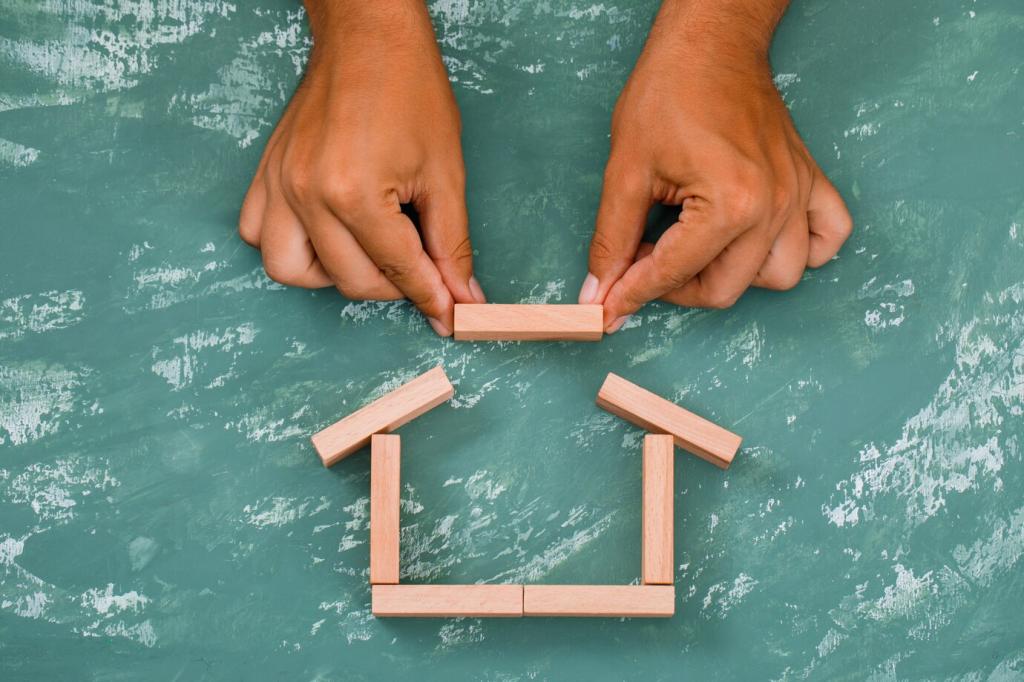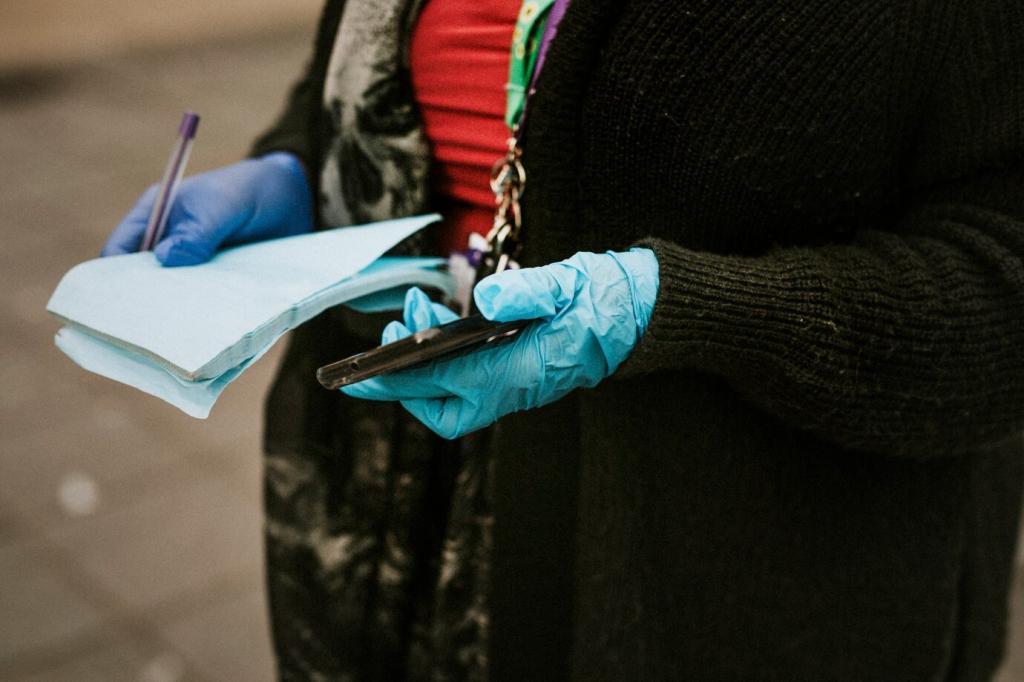Guardians of Patina: Best Practices for Protecting Antique Surfaces
Welcome, caretakers of history. Today’s chosen theme: Best Practices for Protecting Antique Surfaces. Explore practical, conservation-minded habits that preserve finish, patina, and story—so every touch honors yesterday while preparing pieces to shine tomorrow. Share your questions and subscribe for new preservation insights.
Know Your Finish Before You Act
Shellac, Varnish, and Oil—Spotting the Differences
Shellac usually warms wood with an amber glow and soft ring-resistance; varnish feels tougher and cooler; oil finishes look natural and matte. Identify correctly before cleaning or waxing, and avoid universal products that can cloud or swell delicate antique surfaces.
Gilding, Painted Layers, and Delicate Decoration
Gilded frames and painted surfaces are inherently fragile and porous. Never scrub. Dust gently with a soft brush and screen your vacuum’s nozzle. Loose flakes signal instability, which is a moment to pause, document, and consult a conservator rather than experiment.
Anecdote: The Walnut Table with a Mystery Glow
A reader misread a French-polished walnut top as modern varnish and tried silicone spray. The surface smeared instantly. A microcrystalline wax and cotton pad rescued the sheen, but the lesson lingered: always identify the finish before applying anything, even a “gentle” polish.
Create a Safe Environment: Light, Humidity, and Temperature

Light Levels and UV Control
Limit UV by installing window films and closing blinds during peak sun. Aim for soft, indirect lighting around 50–150 lux for fragile finishes. Remember that ultraviolet and heat together accelerate fading and varnish brittleness, so keep lamps at respectful distances from sensitive surfaces.

Humidity: The Quiet Protector
Wood and gesso swell and shrink with humidity swings, cracking finishes and joints. Target roughly 45–55% relative humidity and avoid placing antiques near radiators, fireplaces, kitchens, or vents. Small rooms benefit from humidifiers or dehumidifiers with sensors and gentle, consistent settings.

Temperature Stability Over Perfection
A gentle, stable temperature beats a rigid number. Fluctuations fatigue finishes and adhesives, encouraging lifting veneers and open seams. Avoid attics, basements, and window bays. If you feel drafts or heat plumes, your antique surfaces do too—shift placement until conditions feel calm.
Cleaning Without Harm: Gentle, Reversible, Minimal
Dry Dusting Done Right
Use a clean, soft, natural-bristle brush and a low-suction HEPA vacuum with a mesh screen to capture dust without abrasion. Move slowly with the grain, and never push grit across the surface. Frequent light dusting prevents the need for riskier, deeper cleaning later.
Avoid Silicone Polishes and Citrus Oils
Silicone polishes penetrate finishes, complicating future conservation and attracting a gummy film. Citrus oils smell pleasant but can leave residues and soften finishes. When appropriate, a thin coat of conservation-grade microcrystalline wax offers protective slip without long-term, sticky build-up.
Stain Triage: When Not to DIY
White heat rings, alcohol blushes, and ink migration are high-risk issues. Gentle warming or moisture tricks can worsen shellac bloom. Photograph the problem, stop further attempts, and consult a conservator. Your restraint today preserves options for a successful, professional treatment tomorrow.
Daily Use Habits That Preserve Patina
Use coasters, placemats, and felt or cork pads under objects to distribute pressure and prevent scratches. On writing desks or sideboards, protective glass with discreet bumpers can shield finishes while keeping the antique surface visible and breathable at the edges.
Daily Use Habits That Preserve Patina
Dragging vases, lamps, or trays etches circular scratches and can tear thin lacquer or wax films. Train family members to lift and place carefully. Add silicone-free felt feet to frequently moved items to reduce friction while preserving the character of your antique surfaces.


Storage and Transport: Safety Beyond the Room

Lightly dust before packing. Use acid-free tissue as a first layer, then soft blankets. Avoid plastic directly on the surface, which can trap moisture and imprint textures. Label the piece “Top Up—Fragile Finish” so movers respect orientation and keep pressure off vulnerable areas.

Spills and Rings
Blot immediately with a soft, absorbent cloth—do not wipe. Lift the liquid straight up. Replace the cloth and continue blotting, avoiding heat or solvents. Once safe, document the spot. Sometimes a conservator’s gentle reamalgamation or wax renewal can reduce a ring without invasive work.

Sun Stripes and Fade Lines
Rotate objects and textiles to even exposure. If you notice a sharp fade line, stop further light immediately. Rearranging or introducing UV filters quickly can prevent harsh contrasts from locking in. Share your experience in the comments so others can learn placement strategies.
When to Call a Conservator
Red Flags Requiring Expertise
Lifting veneer, flaking paint or gilding, active insect frass, or sticky, weeping finishes are urgent. Do not tape, clamp, or over-wax. Professional stabilization preserves original material, which is often the soul—and value—of antique surfaces and their layered, time-earned patina.
Documentation and Communication
Photograph issues in daylight from multiple angles. Share history, room conditions, and prior products used. Clear context helps a conservator design minimal, reversible treatments that respect the object’s age while improving usability and long-term protection for sensitive antique finishes.
Join the Community of Care
Subscribe for seasonal checklists, and comment with your preservation wins or questions. The best practices we collect—from museum labs to family homes—help everyone protect antique surfaces better, with empathy and skill. Your story may guide another guardian’s successful decision tomorrow.
